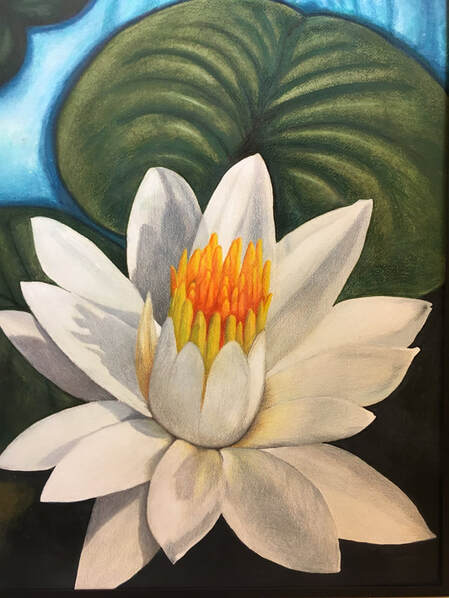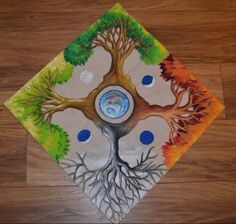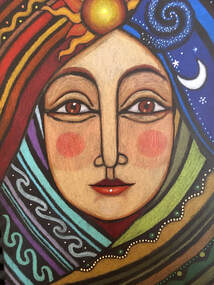My Art
I've made art my whole life, and both my parents were both artistic and practical. I grew up with people who made things and had the skills as well as the eye for making things beautiful. After finishing high school, I went to Kootenay School of Art in Nelson, BC, and got a Diploma of Fine arts (a three year program). After that, I studied art history at the University of Victoria in Victoria, BC, earning a BA and doing 3 years of graduate school.
I've designed furniture, made tents, designed props and sets for community theatre, designed and made clothes and costumes. One of my main interests has been making hand-built pottery, but I haven't had a pottery studio or kiln for several years.
In 2015, I started doing online classes in mixed media, which spurred me to make more art. There are art materials today that didn't exist when I went to art school! Materials, like coloured pencils, that did exist then have been improved and refined since.
I've designed furniture, made tents, designed props and sets for community theatre, designed and made clothes and costumes. One of my main interests has been making hand-built pottery, but I haven't had a pottery studio or kiln for several years.
In 2015, I started doing online classes in mixed media, which spurred me to make more art. There are art materials today that didn't exist when I went to art school! Materials, like coloured pencils, that did exist then have been improved and refined since.
Whimsy Art
Until I took online classes with Tamara Laporte, I had no idea there was such a thing as whimsy art! My years of art history and my art school classes were focussed more on "serious" art, that often makes a statement and commands big prices. Or that ends up in museums and galleries. I was never drawn to making that kind of art, even in art school. I like lots of styles of art, but what I've always wanted to draw or paint was women's faces, dragons, fairies, elves, and happy little scenes.
Now I have a name for this!
Below are several slide shows of themes I've been using in my art in recent years.
Now I have a name for this!
Below are several slide shows of themes I've been using in my art in recent years.



